Time is winding down and the days of warm temps are slipping away. You have an idea to attract hummingbirds and butterflies to your yard. Currently, the plan only exists in your head. Where should you start? What attracts them and what do they eat? Do you need a large space? The following information will help with these questions and more.
The location of the butterfly and hummingbird garden should be in a sunny, open area. Butterflies like sunshine and both like plenty of space to fly around. Both also like cover, since butterflies can easily be blown around and hummingbirds need a resting spot after feeding. Locating the garden by a viewing window is best. That way you can watch the butterflies and hummingbirds in your garden.
The garden should have a mix of shrubs, perennials, and annuals. The shrubs can help reduce the wind and provide cover when hiding from danger. Hummingbirds will also nest in them. Some shrub selections are azalea, butterfly bush, lilac, rhododendron, and weigela. Some of the perennials are bee balm, bellflower, blanket flower, border carnation, columbine, coneflower, daylily, salvia, and sedum. Examples of annuals are ageratum, lantana, marigold, petunia, snapdragons, sweet alyssum, verbena, and zinnia. If space permits, you can include a tree form lilac and a honeysuckle or trumpet vine. The best bloom colors to use are pink, red, orange, and yellow.
Butterflies and hummingbirds both like water, so it’s best to integrate some type of water feature. Butterflies gather by standing water, such as a bird bath, and hummingbirds fly through water from misters or sprinklers or bath in the water on the foliage. During the spring months include a hummingbird feeder. The available nectar in the spring is limited. Follow the feeding instructions and also clean out the feeder once a week with hot water and soap. You don’t want the hummingbirds to get sick.
A typical planting bed is bordered with poly edging, concrete edgers, or aluminum or steel edging. Instead, use stones as the border. The butterflies will stop and open up their wings in order to increase their body temperature. The stones are a perfect spot for them to warm up.
The garden space does not need to be enormous and consume a large part of the yard. The size can range from 100 square feet on up. It is better to have 3 or more of each perennial or annual plant. Having 1 of each is not very effective and you may have fewer butterfly and humming bird visits. The bloom periods should also overlap and bloom from May to September. Peek out your window and locate your future butterfly and hummingbird garden. Call us at 952-431-4345 or email at landscaping@pahls.com with your questions.

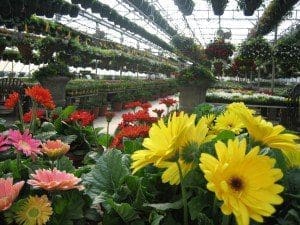
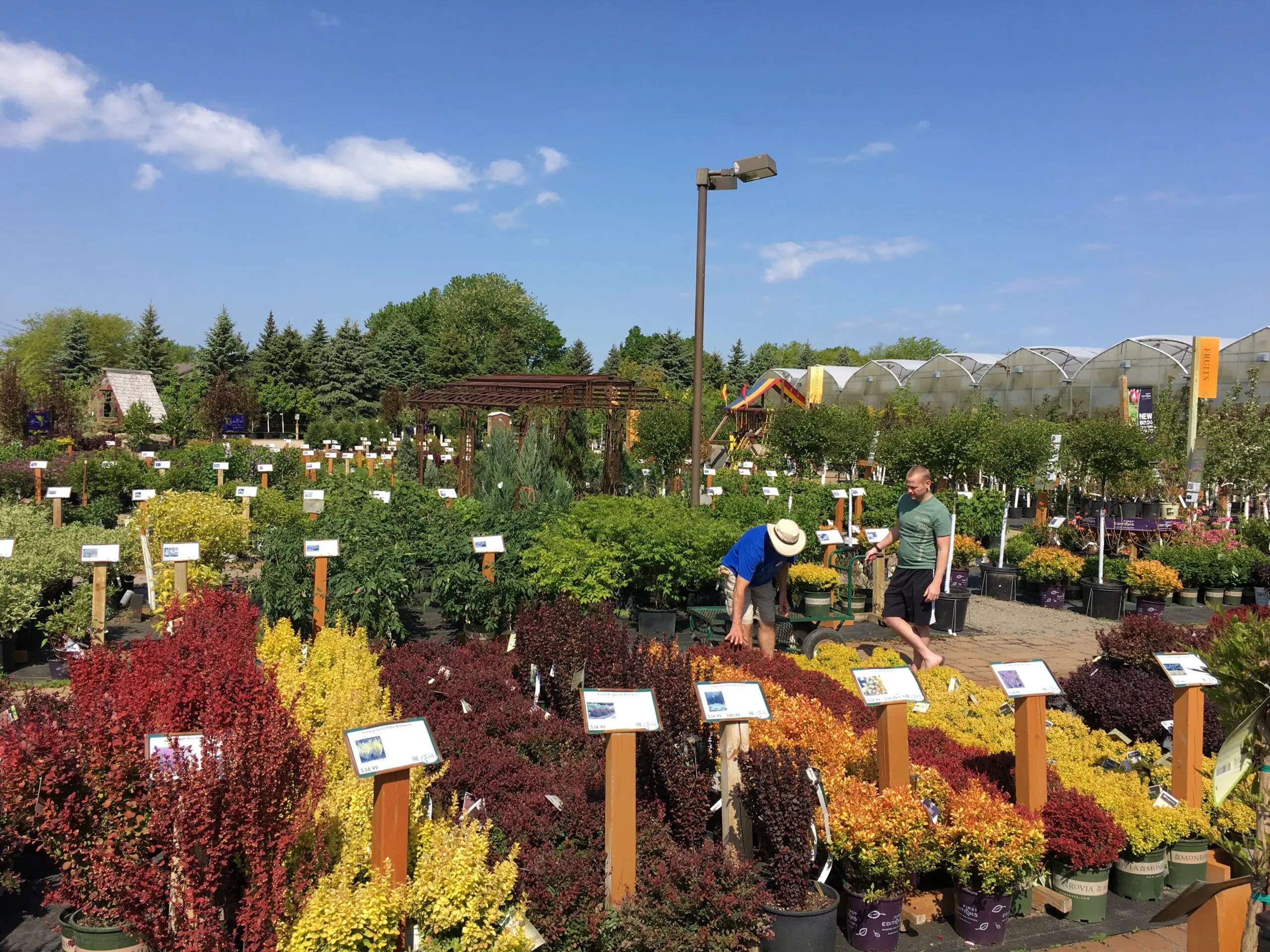
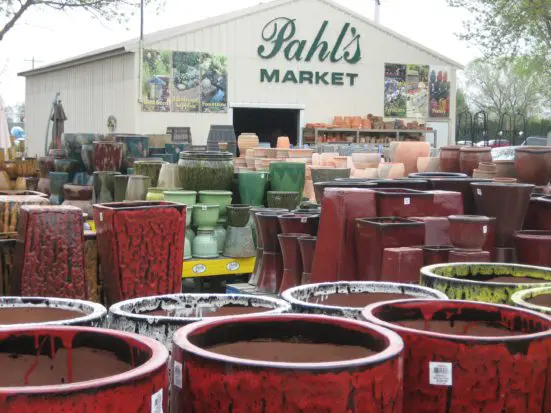
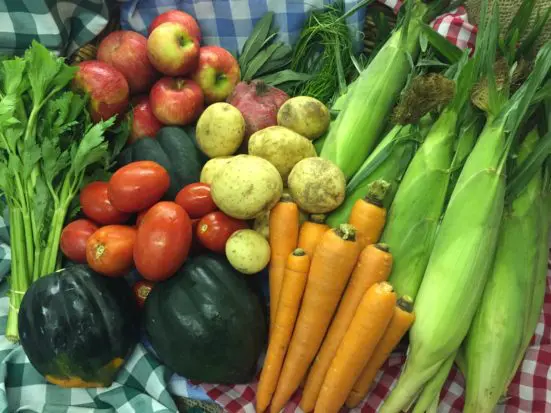
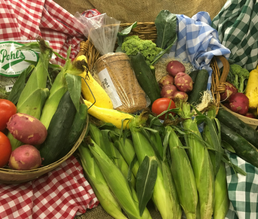

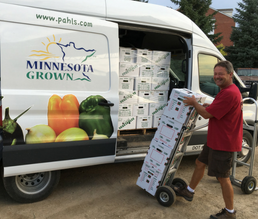
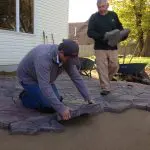
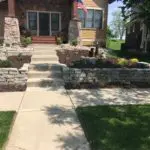
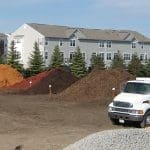
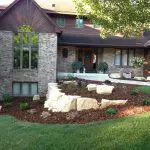
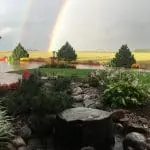
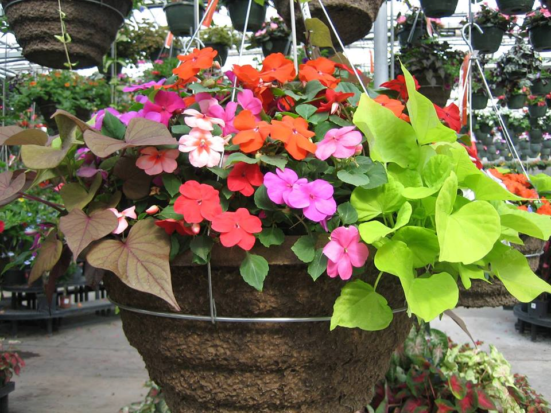
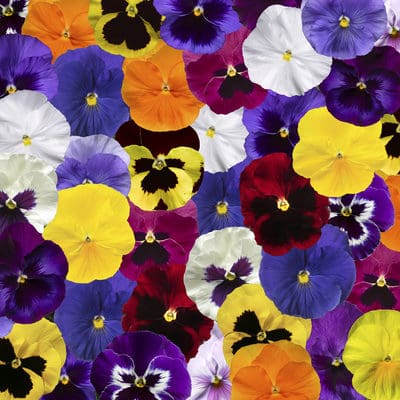

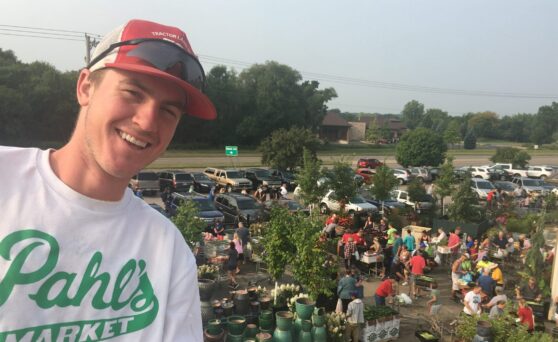

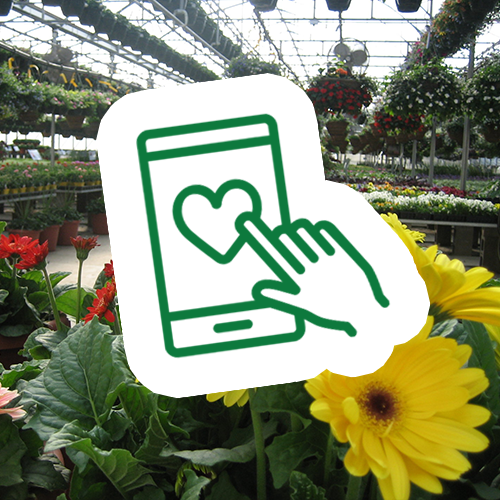
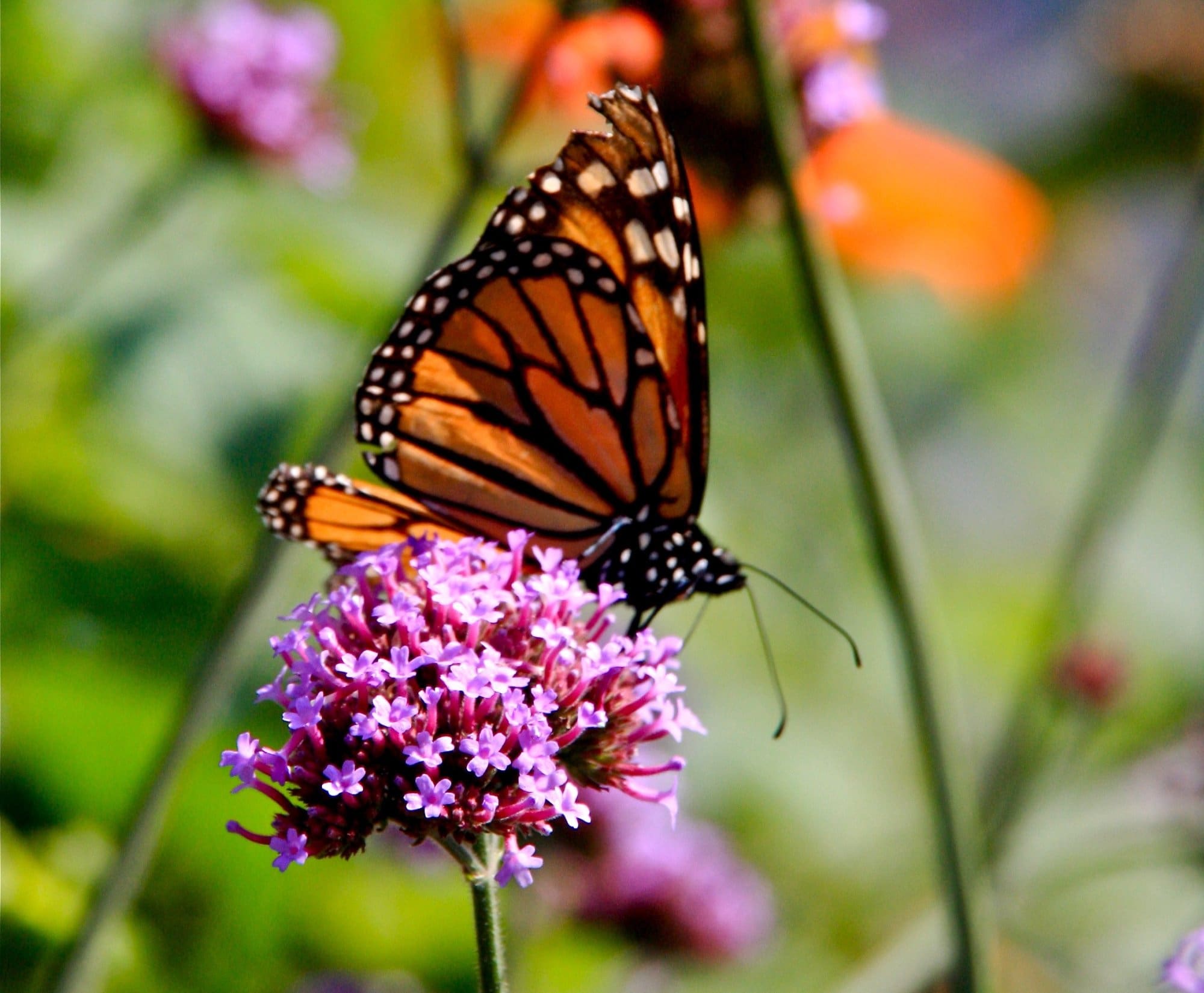

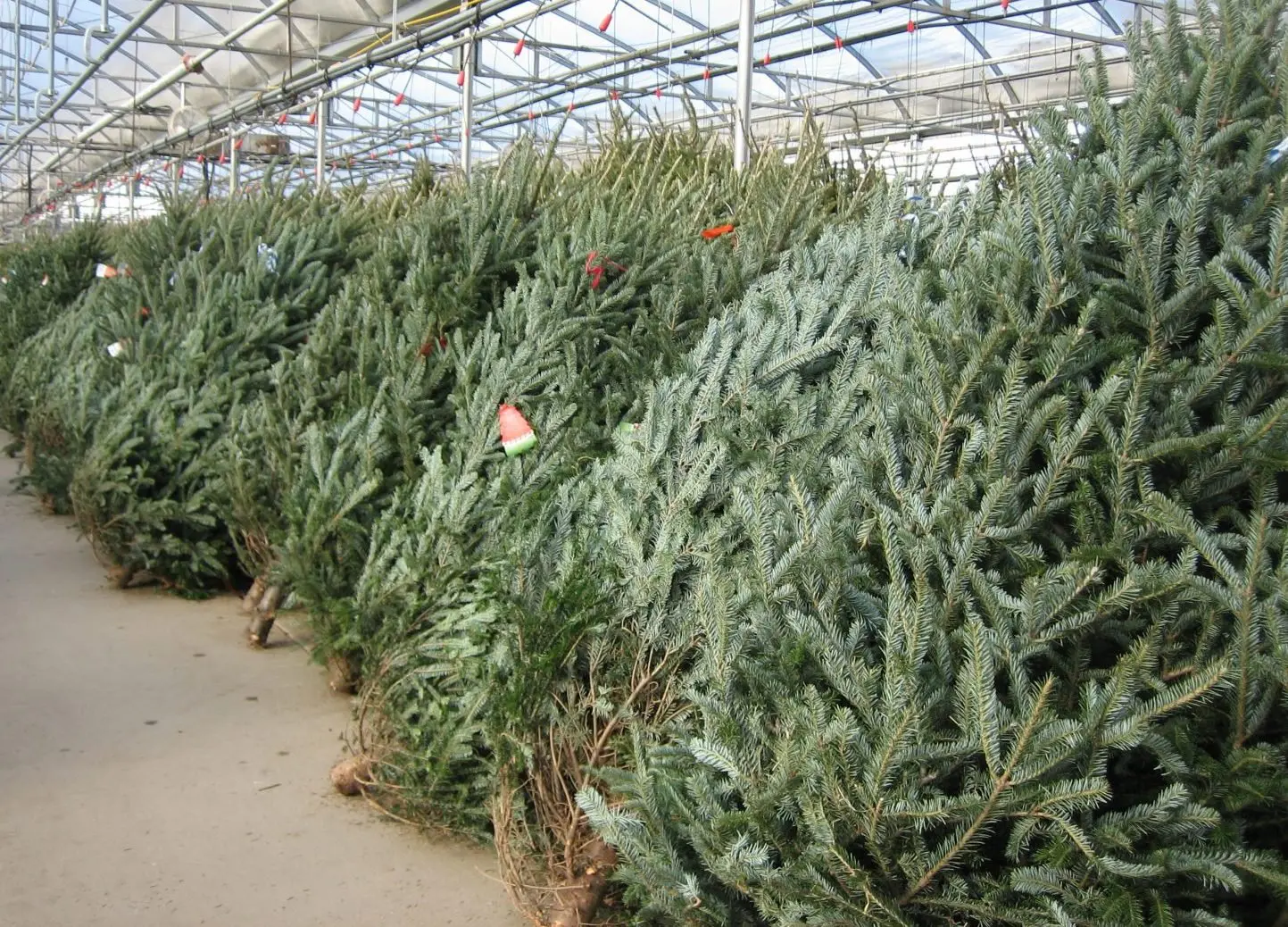

0 Comments